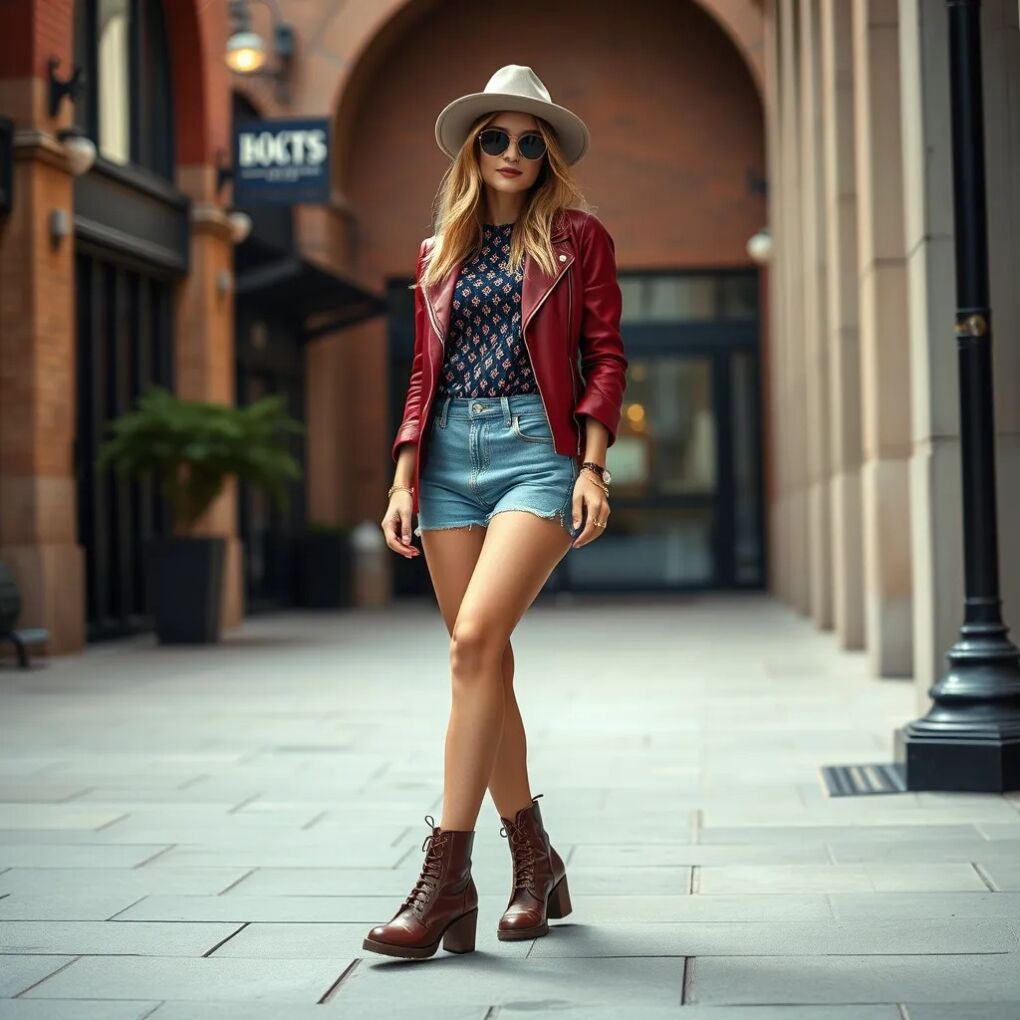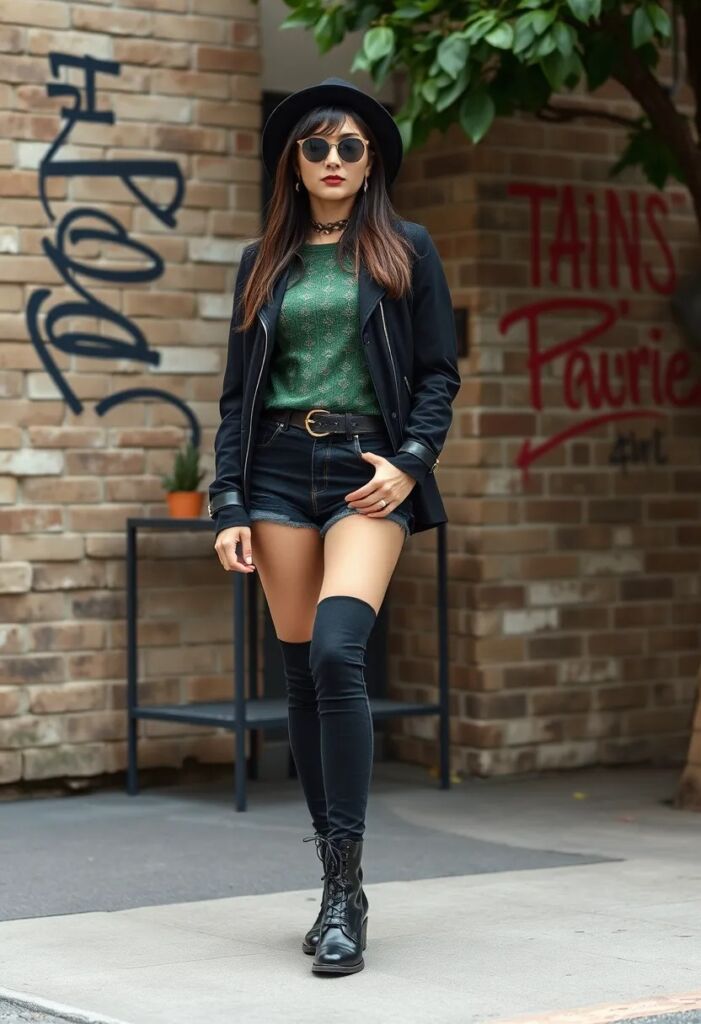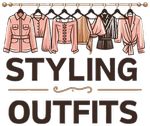Hipster fashion has become a staple in the world of style, influencing everything from streetwear to high fashion. As we delve into the nuances of this unique subculture, we’ll explore its origins, key elements, and how it has evolved over the years. Whether you’re a seasoned hipster or just curious about the trend, this guide will provide you with everything you need to know to embrace the hipster fashion style.

What is Hipster Fashion?
Hipster fashion is a subculture that emerged in the early 2000s, characterized by a blend of vintage and indie aesthetics. It’s a style that rejects mainstream trends in favour of unique, individualistic expressions. Hipsters often draw inspiration from various eras and subcultures, creating a look that is both retro and modern.

The Origins of Hipster Fashion
The term “hipster” has a rich history dating back to the 1940s and 1950s, when it was used to describe jazz enthusiasts and bohemians. However, the modern hipster subculture as we know it today began to take shape in the early 2000s, particularly in urban areas like New York City’s Williamsburg and San Francisco’s Mission District. These neighbourhoods became hubs for artists, musicians, and creatives who sought to create a distinct identity through their fashion choices.
Key Elements of Hipster Fashion
Hipster fashion is characterized by its unique blend of vintage and modern elements. Here are some key components:
1. Vintage Clothing
Vintage clothing is a cornerstone of hipster fashion. Think thrift store finds, retro pieces, and items with a nostalgic charm. This not only adds a unique flair to your wardrobe but also promotes sustainability.

2. Skinny Jeans
Skinny jeans, often paired with oversized shirts or blazers, are a staple in the hipster wardrobe. They provide a modern twist while maintaining a classic look.

3. Big Glasses
Big, bold glasses are another hallmark of hipster fashion. Whether they’re round, rectangular, or cat-eye, these glasses add a touch of intellectual cool to any outfit.

4. Beards and Mustaches
Facial hair, particularly beards and moustaches, has become synonymous with the hipster look. These can range from neatly trimmed to full and wild, adding a rugged charm.

How to Incorporate Hipster Fashion into Your Wardrobe
If you’re new to hipster fashion, here are some tips to help you get started:
1. Start with Vintage Pieces
Begin by incorporating vintage items into your wardrobe. Visit thrift stores, flea markets, and online marketplaces to find unique pieces.

2. Mix and Match
Experiment with mixing vintage and modern pieces. For example, pair a vintage blazer with a pair of skinny jeans and a graphic tee.

3. Accessorize Wisely
Add accessories like big glasses, beanies, and statement necklaces to complete your look. These can elevate a simple outfit and make a bold statement.

4. Embrace Individuality
Hipster fashion is all about expressing your individuality. Don’t be afraid to mix and match different styles and create a look that is uniquely yours.

Pro Tip: Thrift Smart
When thrifting, look for items that are in good condition and fit well. Don’t be afraid to try things on and get creative with alterations. A small change can make a big difference!
The Psychology Behind Hipster Fashion
Hipster fashion is not just about the clothes; it’s a reflection of a mindset. According to sociologist Ico Maly, hipsters often reject mainstream consumerism and seek to create a unique identity. This can manifest in a variety of ways, from the choice of clothing to the music they listen to and the places they frequent.
The Anti-Conformist Paradox
One of the most interesting aspects of hipster fashion is the anti-conformist paradox. Despite their desire to stand out, hipsters often end up looking similar to one another. This phenomenon, known as the “hipster effect,” highlights the tension between individuality and conformity.
The Role of Irony
Irony plays a significant role in hipster fashion. Elements like vintage clothing and facial hair are often adopted with a sense of humour and self-awareness. This ironic approach adds a layer of complexity to the style, making it more than just a collection of clothing items.
Hipster Fashion in the Digital Age
In the digital age, hipster fashion has found a new platform. Social media, particularly Instagram, has become a key space for hipsters to showcase their style and connect with like-minded individuals. Influencers and bloggers play a crucial role in shaping trends and providing styling tips.
Social Media Influence
Social media has democratized fashion, allowing anyone to share their style and gain a following. Platforms like Instagram and TikTok are filled with hipster fashion influencers who offer inspiration and advice.
The Role of Bloggers
Fashion bloggers are another important aspect of the hipster fashion landscape. They provide in-depth guides, styling tips, and reviews of vintage stores and brands. Their content is a valuable resource for anyone looking to delve deeper into hipster fashion.
Hipster Fashion and Sustainability
Hipster fashion has a strong connection to sustainability. The emphasis on vintage and second-hand clothing aligns with the growing awareness of environmental issues. By choosing to thrift, hipsters reduce waste and support a more sustainable fashion industry.
The Thrift Store Revolution
Thrift stores have become a cornerstone of the hipster fashion movement. They offer a wide range of unique items at affordable prices, making them a go-to destination for style-conscious individuals.
Supporting Local Businesses
Hipsters often support local businesses, including vintage stores and independent boutiques. This not only helps the local economy but also ensures a more diverse and unique fashion scene.
Hipster Fashion and Cultural Critique
While hipster fashion has gained popularity, it has also faced criticism. Some argue that it can be elitist and exclusionary, particularly in terms of race and class. These critiques highlight the importance of being mindful of the cultural and social implications of fashion choices.
Race and Class in Hipster Fashion
Hipster fashion has been criticized for appropriating elements from marginalized cultures without proper acknowledgment or respect. It’s important to approach fashion with cultural sensitivity and awareness.
The Gender Dynamics
Gender dynamics within hipster fashion have also been a topic of discussion. Some argue that the style can be sexist, with women often expected to conform to certain beauty standards. Addressing these issues is crucial for creating a more inclusive and equitable fashion community.
Hipster Fashion in the Modern World
As we move further into the 21st century, hipster fashion continues to evolve. New trends emerge, and the style adapts to changing cultural landscapes.
The Future of Hipster Fashion
The future of hipster fashion is shaped by ongoing cultural shifts and technological advancements. From sustainable fashion to digital fashion, the possibilities are endless.
Embracing Change
To stay relevant, hipsters must be open to change and innovation. This includes embracing new trends while maintaining the core values of individuality and sustainability.
Conclusion
Hipster fashion is a unique and evolving subculture that has had a significant impact on the fashion industry. From its origins in the early 2000s to its current focus on sustainability and ethical fashion, hipster style continues to be a source of inspiration for many. Whether you’re a seasoned hipster or just curious about the trend, this guide has provided you with everything you need to know to embrace the hipster fashion style.
